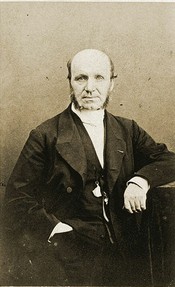
Even though Duchenne became a great neurologist by the end of his life, his beginnings were pretty humble and nondescript.
Guillaume-Benjamin-Amand Duchenne was born in 1806 in the northern French town of Boulogne. While his family had been sailors for generations, Duchenne wanted to buck tradition and study medicine in Paris.
His father was incensed that he wanted to become a doctor. At that time, the late 1820's, modern medicine was in its infancy. Having a son go off to university to become a doctor seemed ridiculous to Duchenne's father, especially when he had a ready-made career there in Boulogne. Instead, he demanded that Duchenne become a sailor, just like the other men in the family.
In the end, though, Duchenne's love of science was greater than his family ties. He traveled to Paris and enrolled in the medical university and graduated a few years later in 1831.
Through his medical training, and later his own practice, Duchenne became interested in one the relatively new branches of science called "electropuncture".
Even the word sounds painful.
In treating patients who had facial palsy, he observed that when electricity was applied to certain parts of the face, it would make a specific part of the tissue jump and move. He was fascinated how muscles and nerves seemed to be connected.
In particular, he became interested with the facial muscles and their relationship to emotions. At the time, there was a belief that one's outward appearance reflected what was truly in the heart of a person. Duchenne wanted to see if he could replicate "true emotion" in a subject.
Call it an emotional lie detector test if you will.



 In the late 1850's, Duchenne began his experiments to prove that the human face could, indeed, mirror what was in one's soul.
In the late 1850's, Duchenne began his experiments to prove that the human face could, indeed, mirror what was in one's soul.
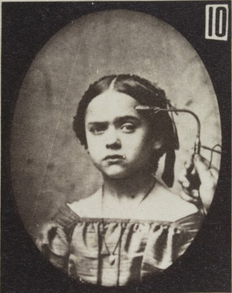
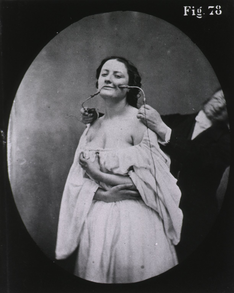
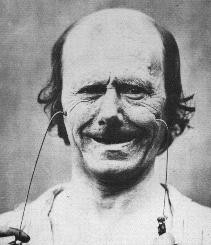
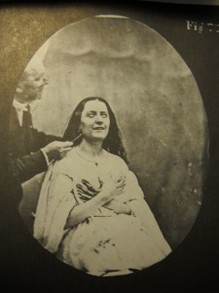
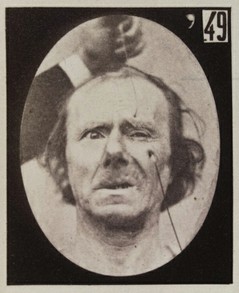
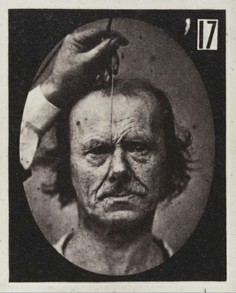
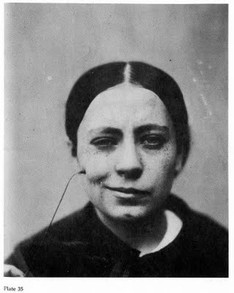
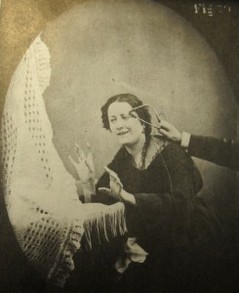
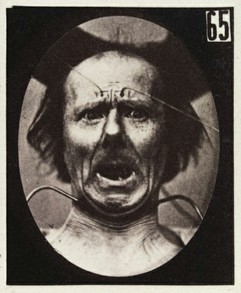
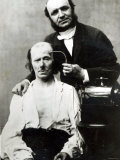
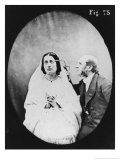
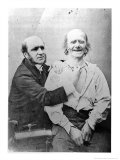
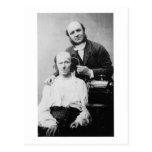

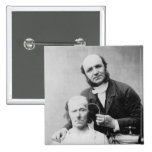


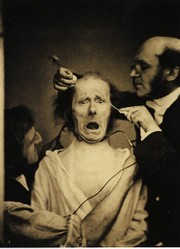

 How to Learn to Make Money Online Bloggingon 11/08/2015
How to Learn to Make Money Online Bloggingon 11/08/2015
 Funky Retro Fun with the Polaroid Socialmatic Instagram Camera and Accessorieson 01/01/2015
Funky Retro Fun with the Polaroid Socialmatic Instagram Camera and Accessorieson 01/01/2015
 Haunted Florida: The Legend of the I-4 Dead Zoneon 12/07/2014
Haunted Florida: The Legend of the I-4 Dead Zoneon 12/07/2014
 Easy to Make Paw Print Christmas Ornament Kiton 11/25/2014
Easy to Make Paw Print Christmas Ornament Kiton 11/25/2014


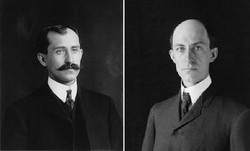
Comments
Those 20 percent are probably politicians. I agree, fake smiles are freaky.
Thank you! I need to check out your board. I've seen where you've pinned some pretty interesting stuff there.
This is being pinned to my Wizzley Writing Board.
I know. Is it bad I think it's interesting? I hate to know people suffered to find this stuff out.
Goodness! Strange hardly covers it! Those photos really look more like torture than making people smile. I'm glad to learn that he was actually a scientist, and didn't (at least intentionally) actually harm anyone!
Thank you! I've heard that too. I'm not sure I'd want to know I had to go through it though. I had to have a TENS unit put on my arm once. I couldn't stand my fingers moving on their own. It felt gross lol
Thank you! I'd never heard of it before. I'm not sure I even know how to pronounce it lol
Yes they would. Thanks for reading!
I thought it was strange too. You wonder how ideas are born in people's heads to think of things like this.
This is fascinating. Electromedicine, from what I've heard, can help in certain conditions though. Great article.